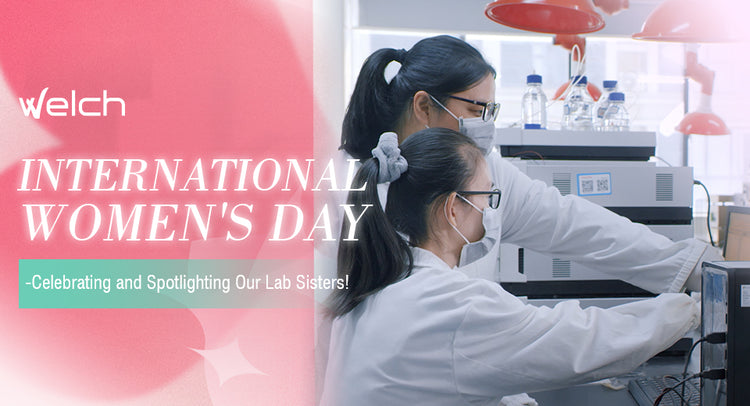In this 1948 photograph, a female staff member from the National Institute of Standards and Technology (NIST) in the United States is operating an early mass spectrometer.


The upcoming International Women's Day on March 8th is not only a day to pay tribute to the achievements and contributions of women worldwide but also a moment for reflection and anticipation regarding the role of women in the field of science.
The journey of science is vast and boundless, and within this realm, an increasing number of female scientists are shining brightly with their wisdom and resilience in every corner of the laboratory. Let us begin by looking back at history through a set of old photos:

Receive updates on latest industrial news, new articles, new products and sales. Directly to your inbox.